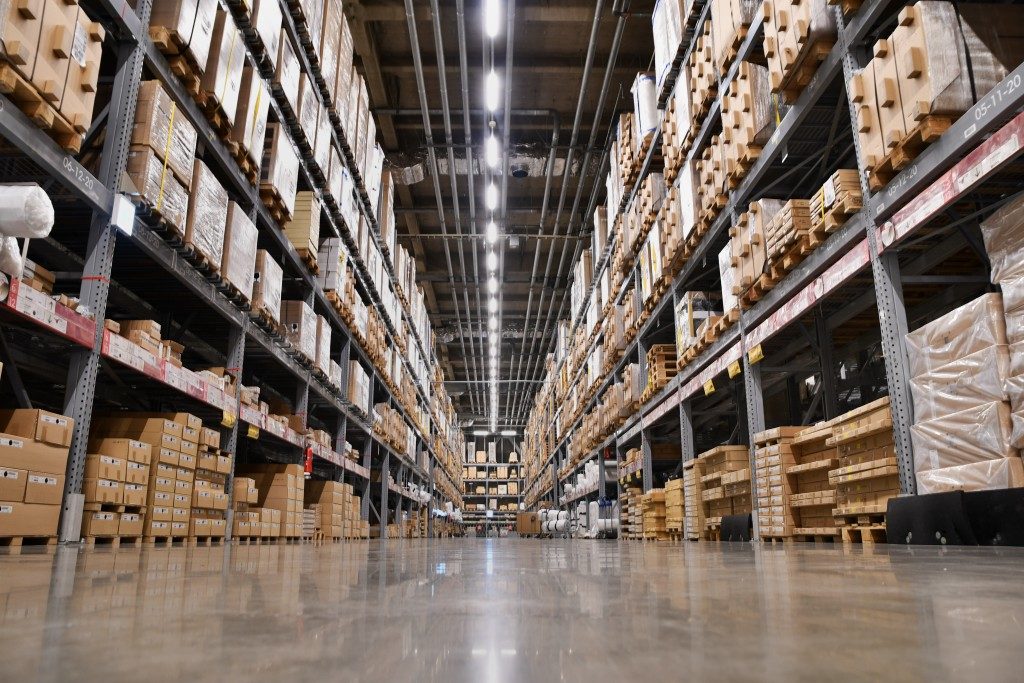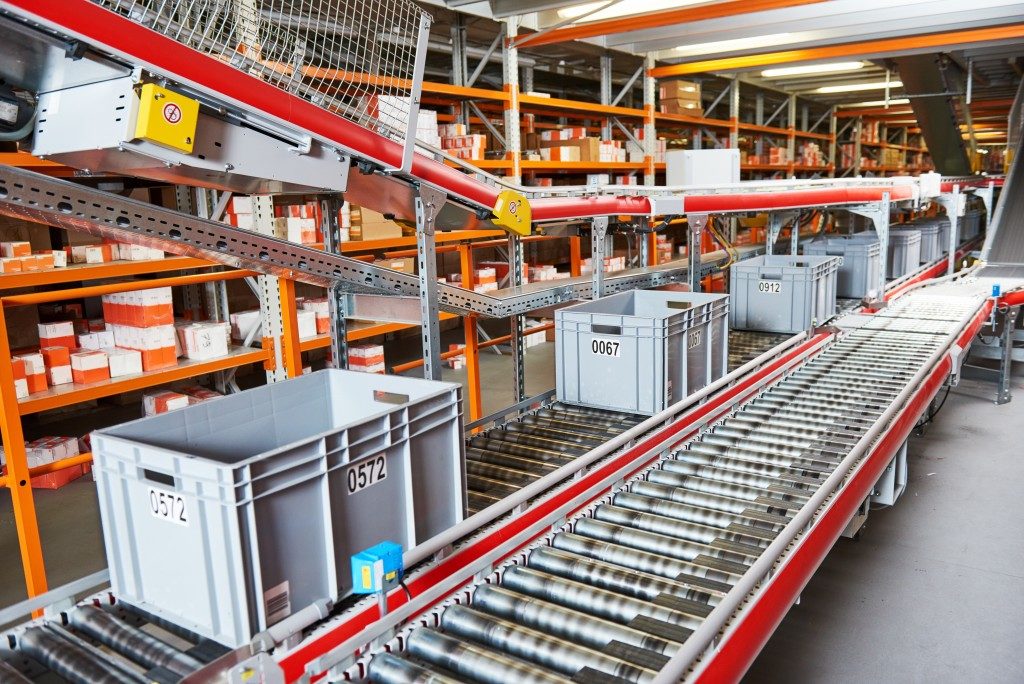Retailers adopting e-commerce must look beyond their old forms of distribution to accommodate the changing needs and expectations of clients. Incorporating technology tools to manage the distribution and fulfilment of orders is pivotal to ensuring the effectiveness of e-commerce logistics.
As more and more businesses do their businesses online and on mobile, there exists a need to ensure that their products and services are delivered to their customers on time. The growth of e-commerce by leaps and bounds is compelling retailers online to rethink the way they manage their shipping processes at all levels.

Companies making the switch to e-commerce distribution can no longer rely on the old modes of distribution they have relied on in the past. They must find a way to create an efficient distribution and fulfilment system that maximises efficiency while maintaining affordable costs of purchases to customers.
Facing the Challenges
The pressures brought about by the expansion of e-commerce has a profound effect on logistics operations. Overall logistics costs continue to grow with little to no sign of abating in the near future, fueled by the growing demand to bring products to more clients in a consistently timely manner. Competition from giants like Amazon has shifted customer expectations, which have added pressure for retailers to meet these changing demands.
Today’s e-commerce systems rely increasingly on multiple steps from the ports to distribution to fulfilment, with much of the customer experience depending heavily on the last mile. Customers expect their deliveries to be not only punctual but also trackable, adding layers to an already complex logistical process. Customers are willing to change suppliers if their delivery needs are not satisfactorily met.
To ensure customer satisfaction through punctual and affordable delivery policies, fulfilment centres must constantly and quickly be stocked, leading to larger inventories and the need for better management across all segments of the supply chain. Relying on older logistics systems may not be sufficient to keep up with the growing demands of customers. To remain competitive, e-commerce retailers need to rethink their logistics strategies from the top–down.
Examining the System
Expanding companies that are incorporating e-commerce into their new framework may want to rethink the way they approach the supply chain. Management systems geared toward large fleets trucking large amounts of freight must make way for one that optimises parcel deliveries.
Companies that rely on their infrastructure — which are usually much larger than most retailers — face immense capital expenditures and increasing management complexity but gain an immense amount of control over their systems. Meanwhile, smaller players often partner with a distribution company or courier services, which would handle much of the systems on their behalf.
Both large retailers and companies that cater to e-commerce enterprises should have a modern logistics system incorporating everything from state of the art air cargo loading equipment to sophisticated conveyor systems in distribution centres. Effective equipment and mechanical systems are just one part of the equation, however.
Technology Tools
Although software solutions cannot solve supply chain and logistical management challenges on their own, they can simplify key administrative duties to help streamline the process along and manage costs. Applying analytic tools applied universally from distribution to fulfilment, for instance, can ensure that deliveries and inventory are appropriately tracked, minimising the likelihood of errors.
Technology tools can also make software attractive on the customer’s end. Companies can improve the appeal of their local delivery services by providing their customers with tracking solutions that let them see how and when their purchases arrive.
